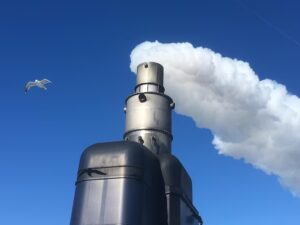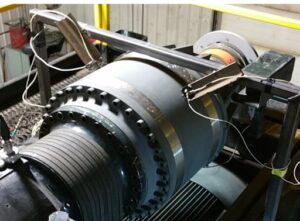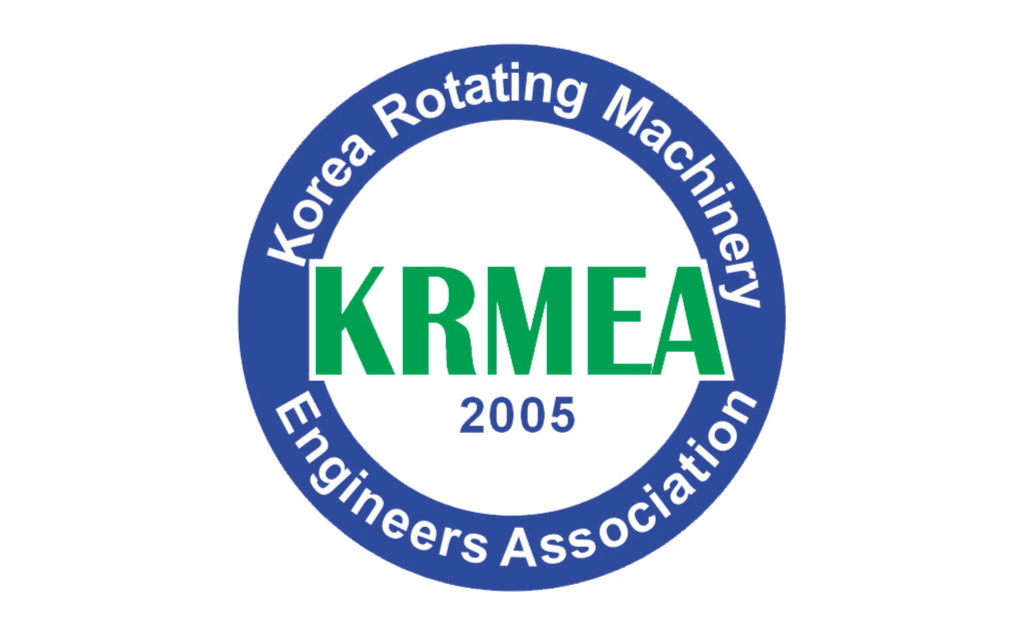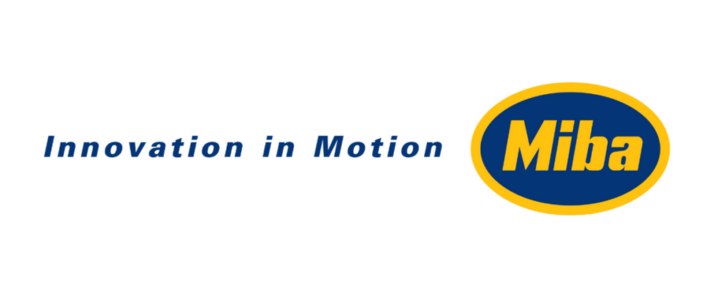Sub-synchronous vibration (SSV) in rotating machinery is a critical condition where shaft vibration occurs at frequencies lower than the machine’s rotational speed. This phenomenon can lead to severe operational issues, including premature bearing failure, rotor instability, and even catastrophic breakdowns. Multi-channel vibration analysis techniques provide an advanced diagnostic approach to identifying and mitigating SSV.
Understanding Sub-Synchronous Shaft Vibration
SSV typically manifests due to factors such as:
- Oil whirl and oil whip in fluid-film bearings
- Structural resonance conditions
- Rotor-stator interaction
- Aerodynamic forces in turbomachinery
- Electromagnetic effects in high-speed motors and generators
SSV is characterized by vibration frequencies below the synchronous frequency (1× RPM). In contrast to typical imbalance-related synchronous vibrations, SSV indicates more complex rotor-dynamic phenomena requiring advanced analytical methods.

Multi-Channel Analysis Methods for SSV
Multi-channel vibration analysis involves simultaneous data acquisition from multiple sensors strategically placed on the rotating machine. This approach provides a comprehensive understanding of the machine’s dynamic behavior.
1. Cross-Channel Phase Analysis
- Evaluates phase relationships between vibration signals at different locations.
- Helps distinguish between structural resonance and fluid-induced instabilities.
2. Bode and Nyquist Plots
- Bode plots reveal phase and amplitude changes across frequencies, crucial for identifying SSV trends.
- Nyquist diagrams provide insights into the stability margins and potential self-excited vibrations.
3. Waterfall Spectral Analysis
- Captures spectral variations over time to detect transient sub-synchronous components.
- Useful for diagnosing oil whirl and whip progression.
4. Orbit and Shaft Centerline Analysis
- Analyzes shaft motion in both time and frequency domains.
- Detects precession modes and validates suspected fluid-film instability.
5. Coherence and Transfer Function Analysis
- Measures signal correlation across multiple sensor channels.
- Helps identify excitation sources and propagation paths of SSV.
Diagnosing and Mitigating SSV Issues
Once SSV is detected through multi-channel methods, corrective actions may include:
- Bearing Design Modifications: Altering clearance, preload, or using tilt-pad bearings to mitigate oil whirl.
- Damping Enhancement: Implementing squeeze-film dampers or active magnetic bearings to suppress instabilities.
- Structural Adjustments: Avoiding resonant conditions by modifying rotor stiffness or support structures.
- Control System Tuning: Adjusting speed control algorithms to minimize sub-synchronous excitation.
Sub-synchronous shaft vibration in rotating machines poses significant operational risks, but multi-channel vibration analysis provides a powerful toolkit for early detection and mitigation. Leveraging advanced techniques such as cross-channel phase analysis, waterfall spectra, and orbit plots enables engineers to pinpoint root causes and implement effective corrective measures, ensuring long-term reliability and efficiency of critical rotating equipment.













































































